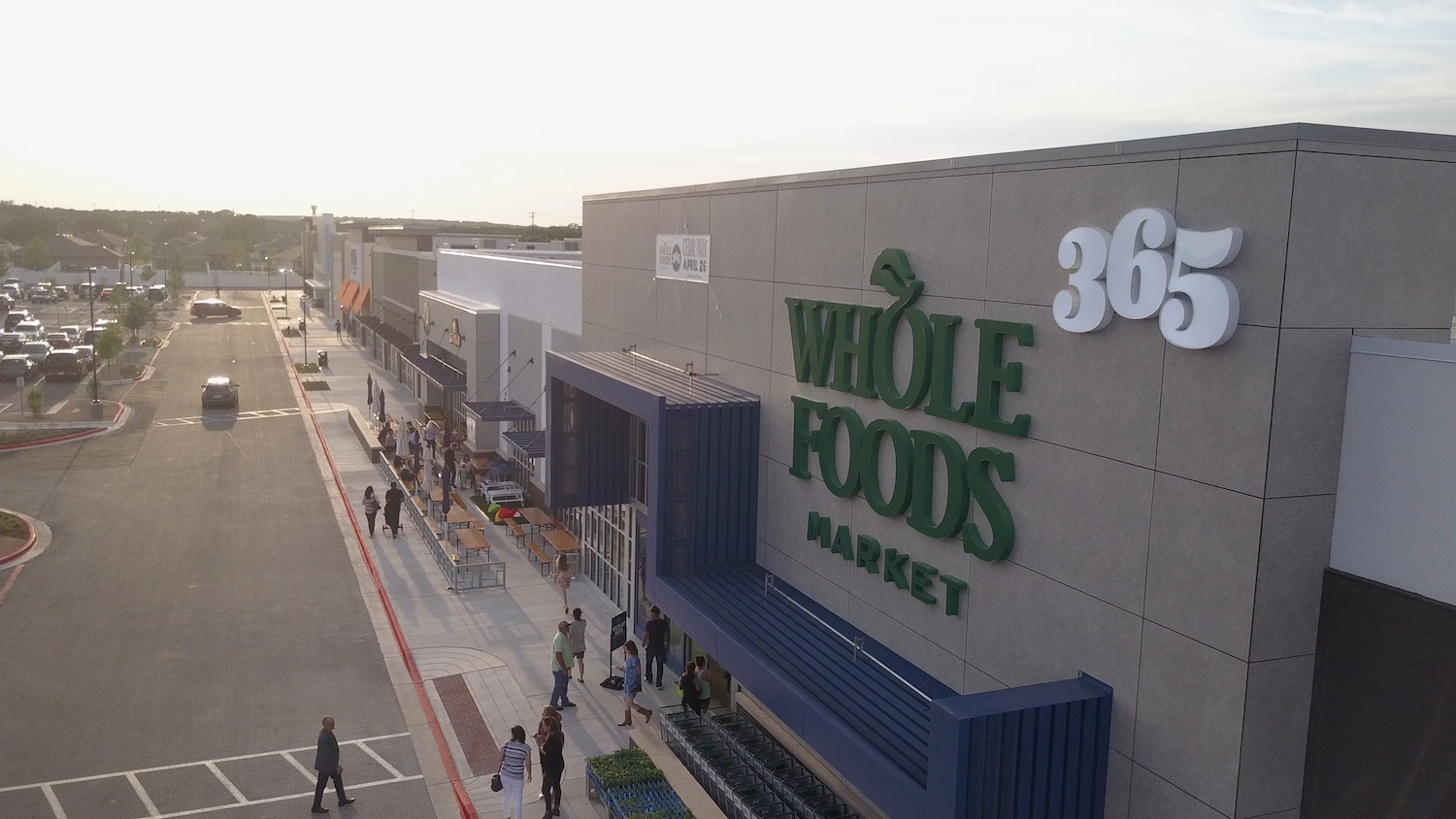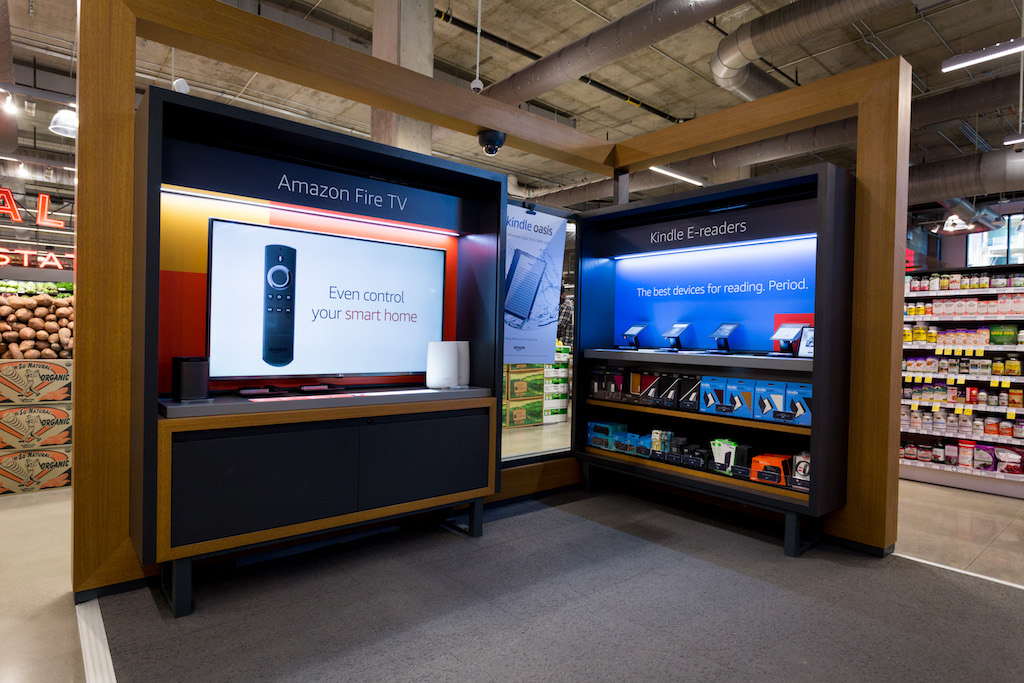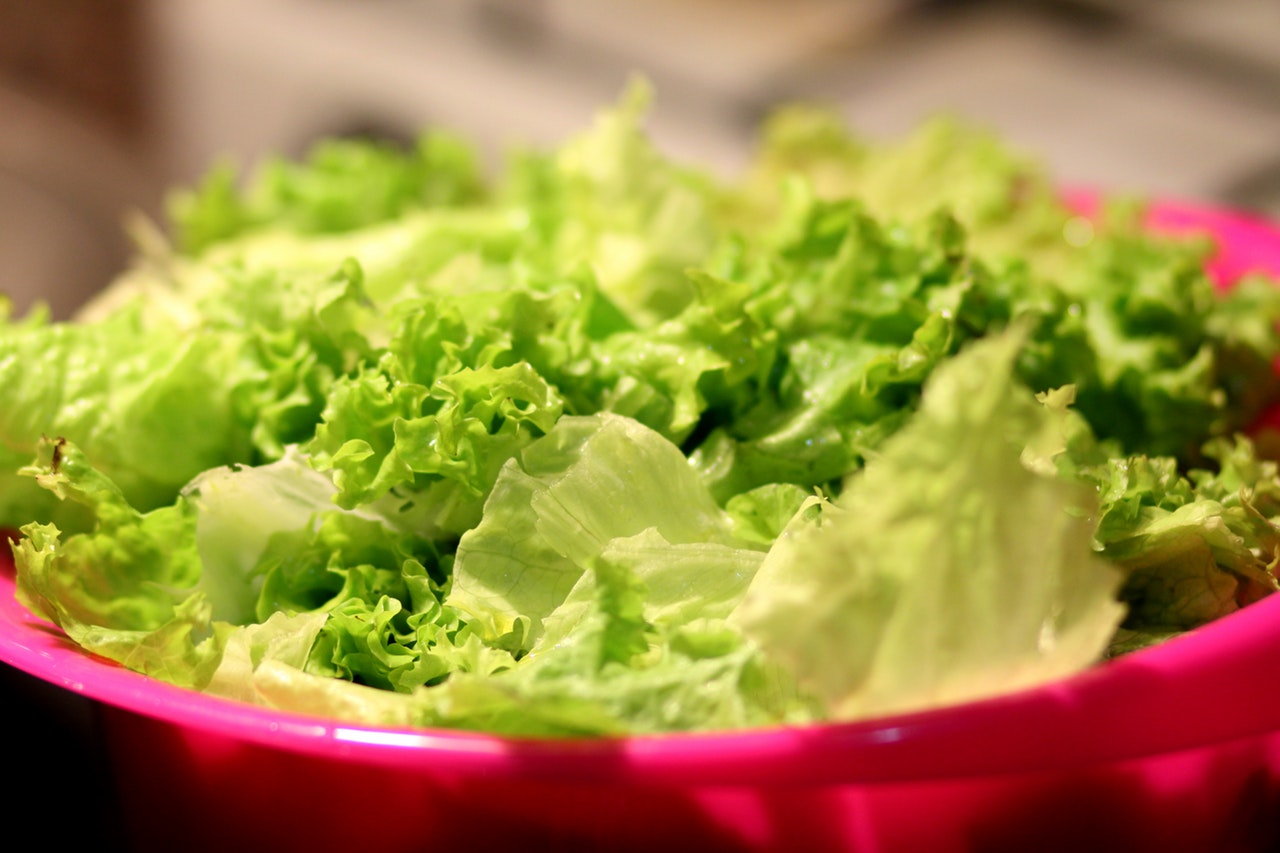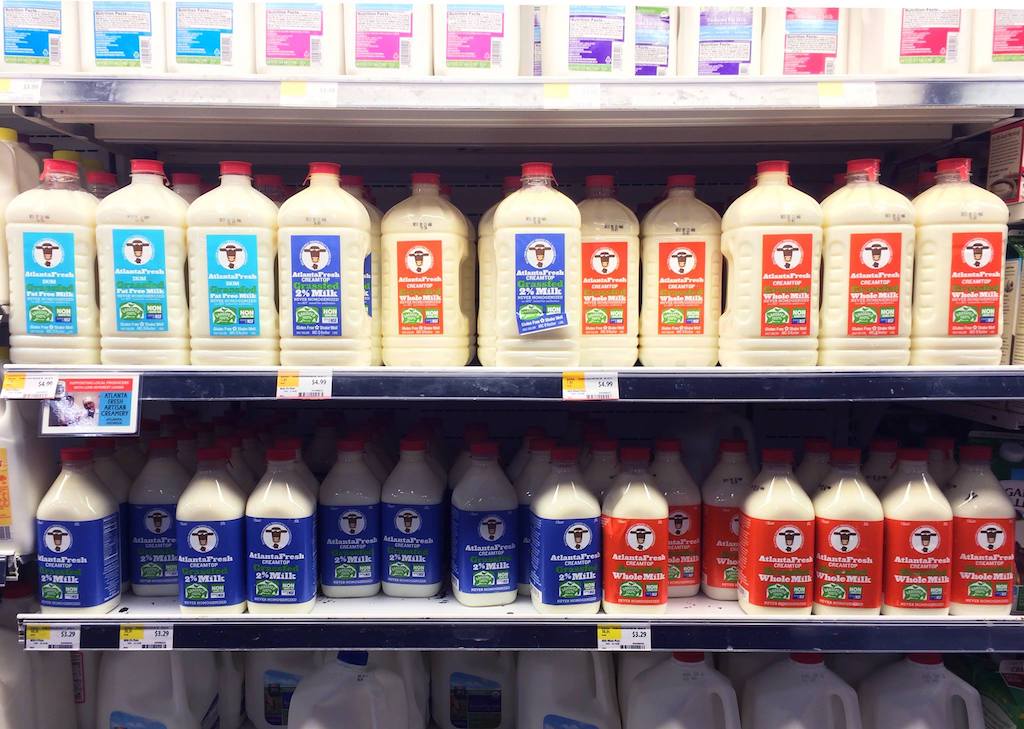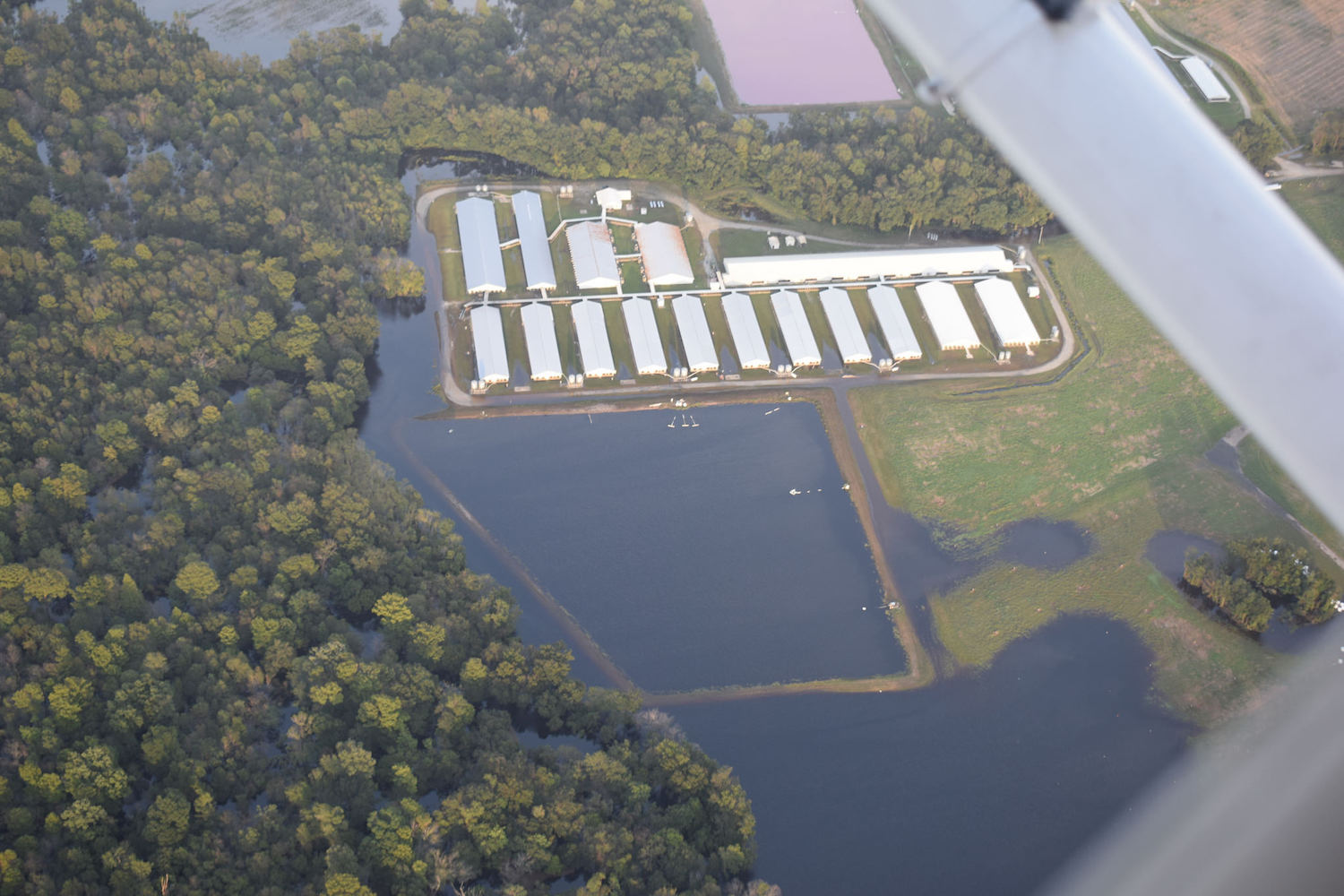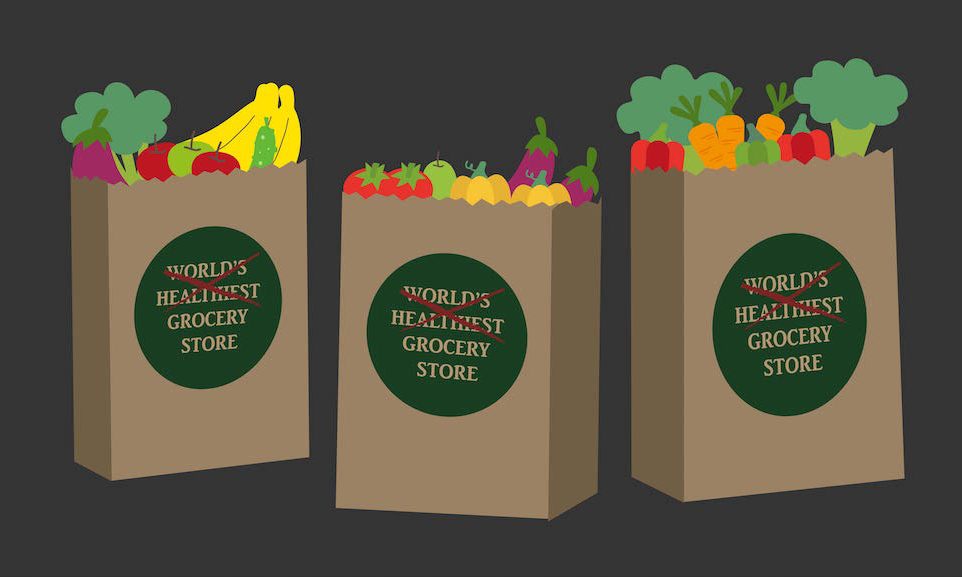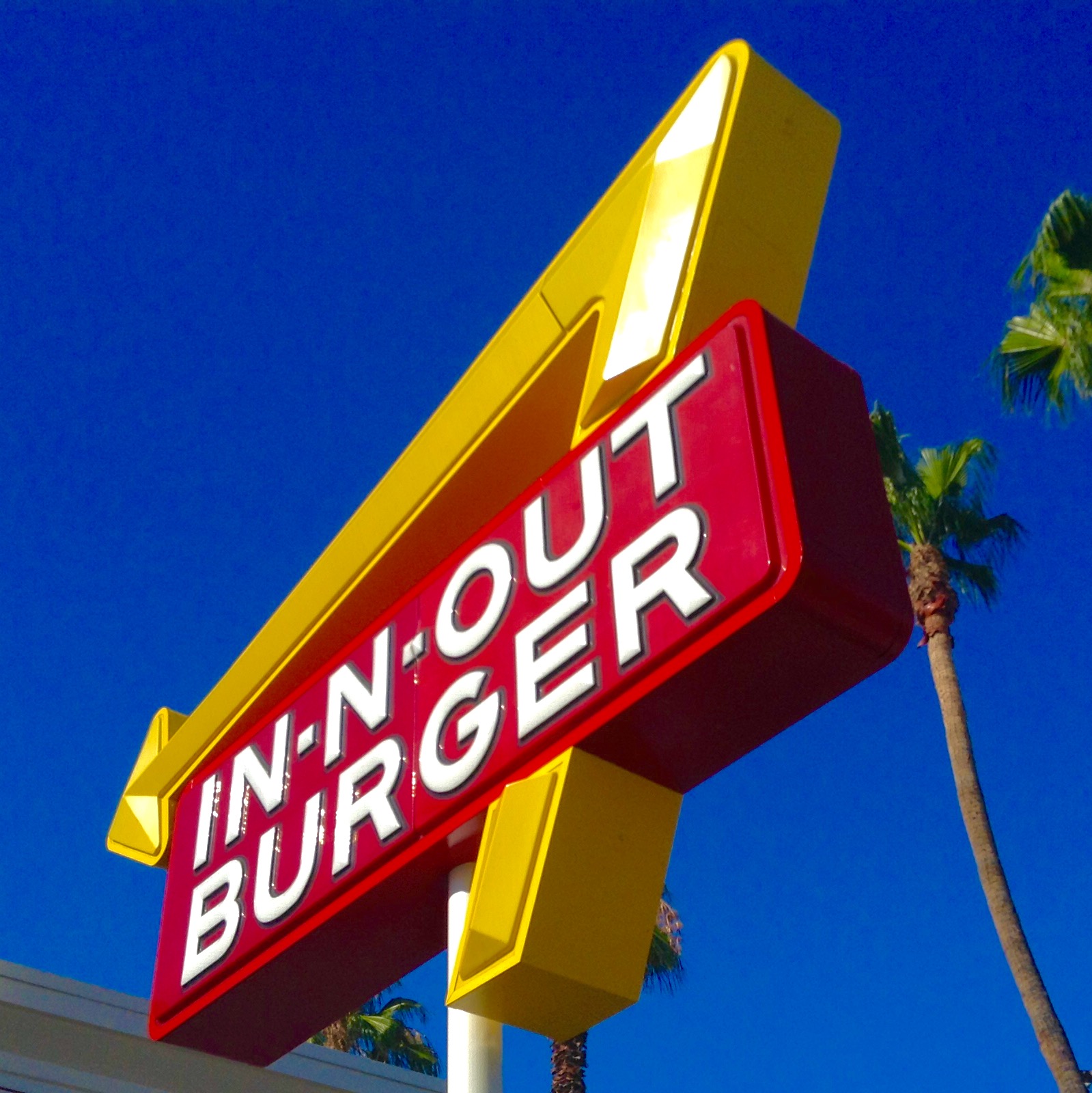
Photo courtesy of Amazon
Another day, another Amazon-Whole Foods headline. The two Bezos-owned retailers are making so much news together, we’re starting to feel they need a mushy celebrity-couple nickname. (When Whole Foods employees start carving the Prime logo into mounds of butcher-case ground beef, you know it’s love.)
We’re thinking Wholazon. Or Amawhole. Or, wait: A-Whole?
Kale-friendly credit
The line between Amazon and Whole Foods just got even blurrier. Starting today, customers who pay with an Amazon Rewards Visa card at Whole Foods Market locations will earn credit back, redeemable at either Whole Foods or Amazon.com. It’s the latest incentive Amazon —plus, in this case, Whole Foods and Chase—is dangling to drive Prime subscriptions: Prime members will get 5 percent back, while other cardholders get just 3 percent.
The move also does more to lock loyal customers into the Amazon-Whole Foods ecosystem—a big step forward for Whole Foods, which never had a fully-fledged customer loyalty program until Amazon’s takeover. (It was testing one in select markets.) Essentially, Amazon Prime now is Whole Foods’ loyalty program, with discounts and other goodies increasingly only available to customers with Prime.
Interestingly, according to the fine print, rewards cash won’t be redeemable for Amazon Fresh, the e-retailer’s grocery delivery service. If we had to guess, it’s because Amazon—like everyone else in the industry—still hasn’t found a good way to make that business model profitable.
TL;DR: Shopping at Whole Foods is going to feel more and more like shopping at Amazon.
 Photo courtesy of Amazon
Photo courtesy of Amazon Whole Foods will now ask suppliers with annual sales of more than $300,000 to discount their wholesale price by 3 percent
Paying to play
Earlier this month, various news outlets reported that Whole Foods would be charging higher fees to its suppliers, making it a steeper proposition to be featured inside the store. In an interview with the trade website Seafood Source, a company spokesperson confirmed and clarified some of the most widely-repeated claims, while disputing others.
Yes, Whole Foods will now ask suppliers with annual sales of more than $300,000 to discount their wholesale price by 3 percent. (The Washington Post and Business Insider have reported three to five percent.) The spokesperson did not address claims that companies would be asked to pay more for prominent shelf placement, an assertion made in recent reporting by The Wall Street Journal and others.
The interview also gave more insight into its in-store product demonstration program. While Whole Foods used to allow some suppliers to host tastings and cooking demos free of charge, it will now charge $10 per session. It disputed Business Insider’s claim that suppliers must now hire Daymon Worldwide, a Connecticut-based consulting firm, to conduct demos—but acknowledged that using another firm will warrant a higher fee.
TL;DR: Whole Foods shelves are prime real estate, and the price is only going up.
Pesticides, by Prime
The Environmental Protection Agency (EPA) reached a $1.2 million settlement with Amazon last Thursday over charges that the company sold “unregistered or misbranded” pesticides via its site. Since at least 2014, the agency alleged, third-party vendors have routinely used Amazon to sell pesticides and insecticides not licensed for sale in the United States, resulting in more than 4,000 violations of federal pesticide law. But Amazon wasn’t just a passive player, Ed Kowalski, director of enforcement for EPA’s Region 10 office in Seattle, told Reuters. It was warehousing, packaging, and shipping the products—and, of course, profiting off the sales, too.
“They have a responsibility to determine whether the products that they’re selling are pesticides and, if so, whether they’re illegal pesticides,” he said.
According to the settlement, Amazon must also pay a $1.2 million dollar administrative fee, as well as provide a training course on pesticide regulations—available in English, Spanish, and Chinese, mandatory for anyone selling pesticides through Amazon.com.
TL;DR: Uncle Sam: Don’t sell illegal pesticides on Amazon, you dumbs.

